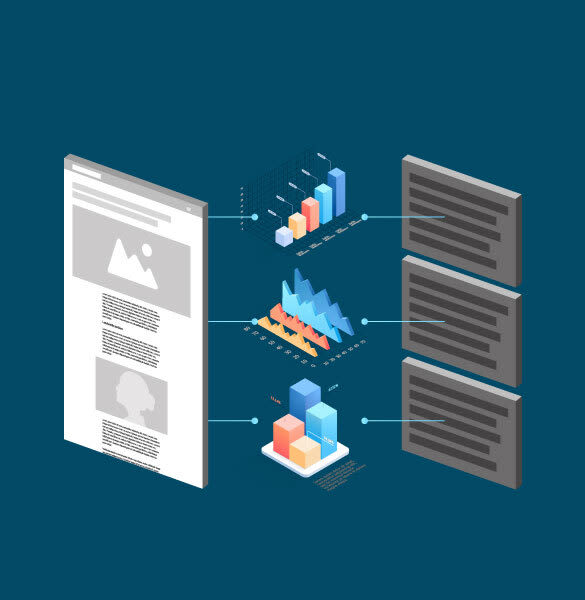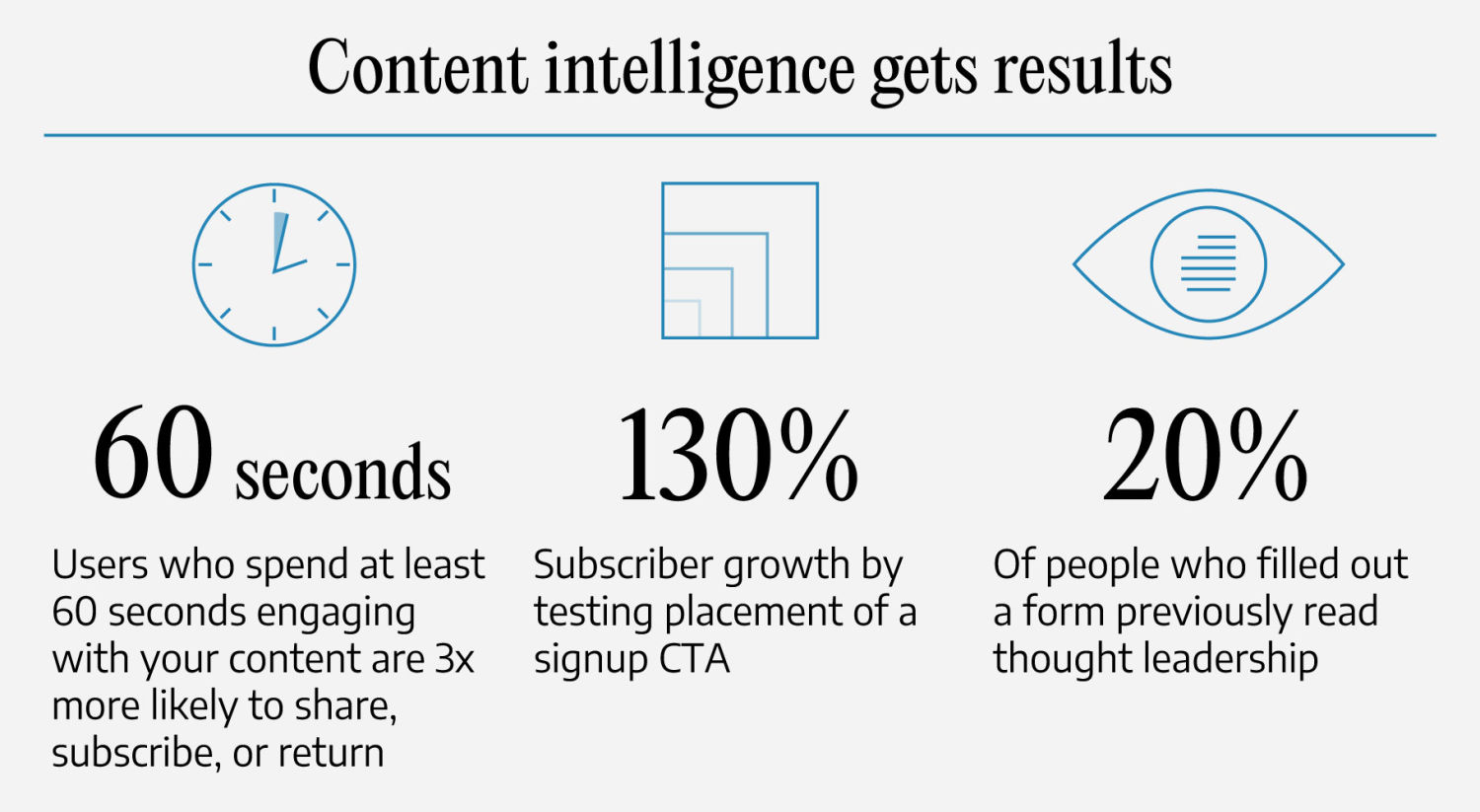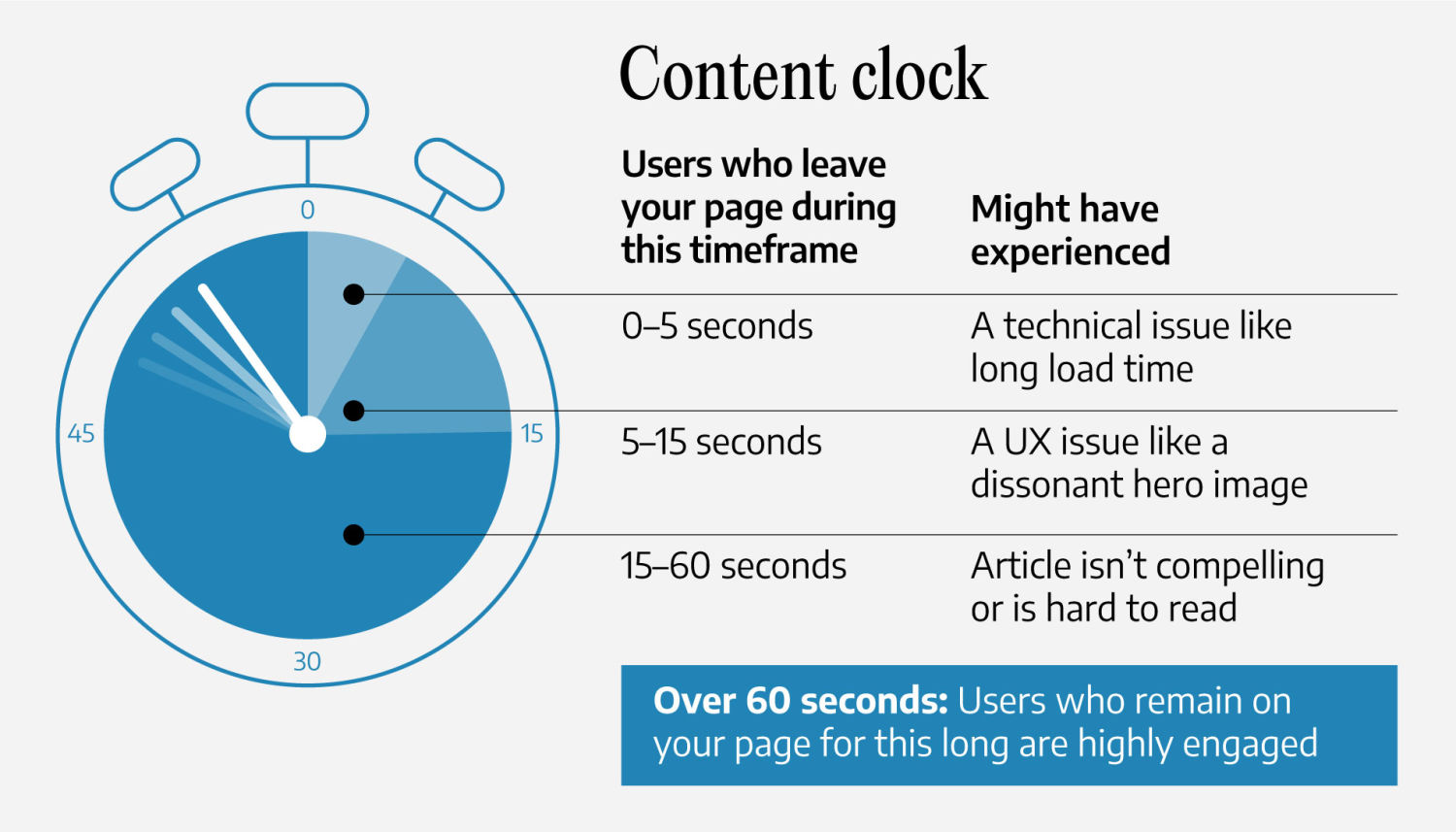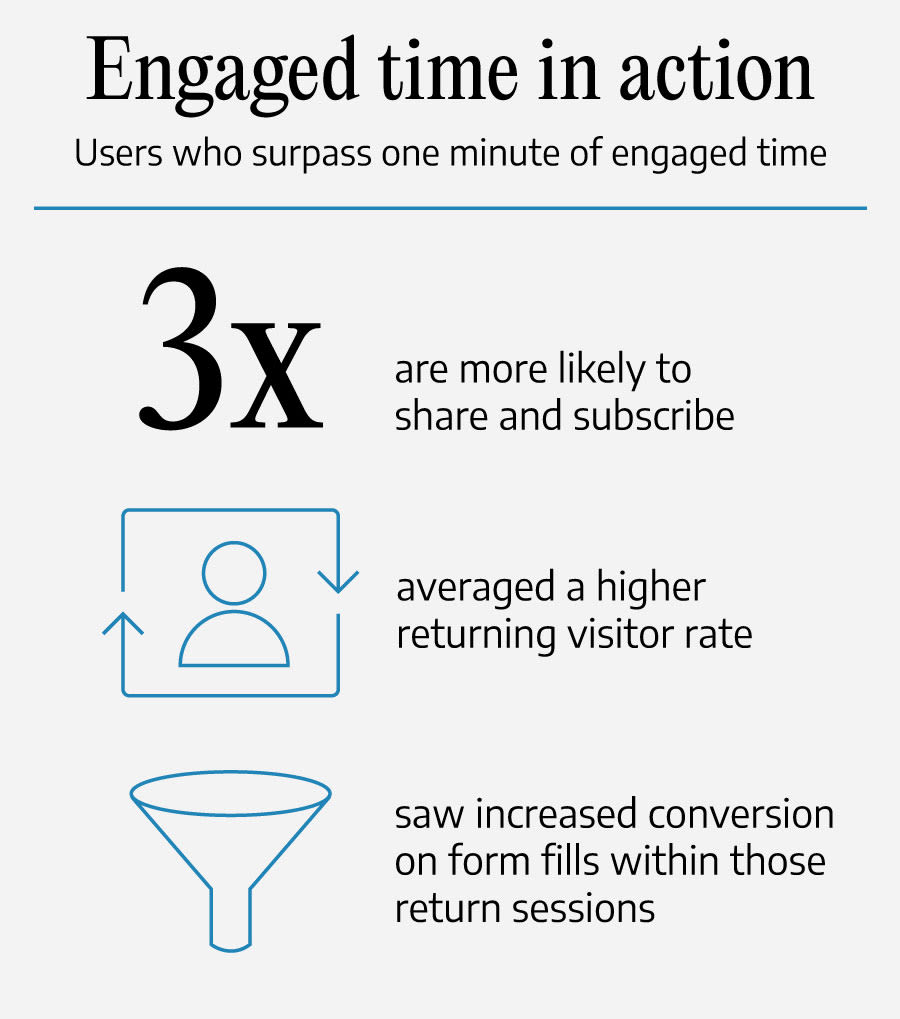
Content Intelligence, Deconstructed
Here’s how we capture signals from reader behavior and take action based on what we’ve learned
Math made baseball boring. The introduction of “Moneyball” thinking to America’s pastime led to in-game optimizations that made sense strategically — batters waiting patiently for walks, frequent field shifts based on the count, lefties brought in to throw a single pitch — but in aggregate they increased idle time and decreased action (according to recent reporting by The Atlantic, between 1976 and 2021, the average duration of baseball games has increased by 42 minutes to 3 hours 11 minutes long). The problem was born of competing incentives: While these data-driven optimizations put baseball teams in a better position to win, it made for a dull viewing experience for fans. And baseball is a business: it needs fans to make money.
While recent rule changes have solved some of these issues, MLB’s experience underscores a powerful point: Divorced from an aligned set of organizational objectives, data can obscure the bigger picture.
Here’s another example. A team at a growing tech company was proud of the fact that their blog generated tens of thousands of pageviews per month. But once we implemented our analytics configuration, it became clear that about 60% of visitors left within the first 5 seconds — they weren’t actually reading the pieces or clicking deeper into the site. To put that in context, the 10 articles with the most traffic accumulated 82K pageviews, of which about 49K were leaving almost as soon as they landed on the page.
The client team was floored. They’d been focusing on site visits as a KPI without realizing the majority of people weren’t even reading the first sentence. They, too, had been led astray by performance metrics that missed the bigger picture.
Tying content to meaningful outcomes
Message Lab was started in part to prove the connection between high-quality content and the business outcomes that matter to most people. Our thesis was that pieces that were created to be valuable for an audience — and didn’t talk about products or try to sell anything — were good for business. It was just much harder to measure the impact.

What we’ve learned since then is that the journey from reading to buying is a complex one with lots of steps in between — all of which can be measured and optimized. In the case of the tech company with blog visitors who didn’t do much, we were able to diagnose a UX problem and recommend some layout changes.
Readers signal with their behavior what they’re interested in and how they want to interact with your organization. By capturing these signals — and turning them into what we at Message Lab call content intelligence — we can identify actions that will produce better results.
What is content intelligence?
Content intelligence is the practice of surfacing insights about your content’s performance so you can take actions that lead to better results. It involves looking for signals within data sets that suggest what patterns of interactions with a piece, a series or an entire program are most likely to lead to the outcomes you want. And then recommending experiments and optimizations to fine-tune the results.
How to properly measure data for content intelligence
Analytics tools make it possible to measure almost anything (at least anything that doesn’t violate GDPR compliance or broader privacy laws). The hardest part is often defining what’s most important. After all, data merely tells you what happened, not necessarily why it’s important or what you should do next.
The journey from reading to buying is a complex one with lots of steps in between.
Over the years, we’ve developed measurement techniques at Message Lab that help connect ideas expressed as content to outcomes through a virtuous cycle:
Audience By combining engagement data, metadata and audience parameters from platforms like LinkedIn, we can build personas based on behavior and answer questions like what messages and topics resonate most with which audience segments.
Channels By understanding and testing the impact of different promotional strategies across content channels, we can better understand the relationship between dissemination efforts and the owned platform — driving reach and engagement.
Engagement By examining readers’ behavior to understand what they’re interested in and how they want to interact with your organization, we can figure out what actions will produce better results.
User journey By optimizing for design, layout and CTAs through data-based and ongoing experimentation, we can ensure content is never a dead end, but a crossroads of opportunity toward a deeper relationship with your brand and more meaningful outcomes.
Each step is important, but we’ve found engagement to be the fulcrum upon which the success of a publishing program sits. And while engagement can take a variety of forms, it’s the amount of time people spend consuming your media that is ultimately most valuable for a business.

Why Message Lab focuses on engagement
There is a Great Pacific Garbage Patch of content on the internet. Anyone can publish, with some experts anticipating as much as 90% of online content could be generated by AI by 2025. Today, 70 million new blog posts go live on WordPress alone each month, most of which will be measured against the same success metric: pageviews.
But clicks aren’t synonymous with quality. A piece can get 10,000 pageviews in a week, but if 9,900 users leave within the first 15 seconds, then those sessions didn’t provide any value.
Creating intelligent content that resonates with top-notch storytelling
Today’s world is so dense with content that attention itself is fragmented into a state of scarcity. That’s why Message Lab focuses on superlative storytelling designed to capture attention. Our analysis consistently shows that time spent with content is the best indicator for whether a user is likely to take part in a user journey toward the conversions that matter most to your brand.
Prioritizing engaged time
“Engaged Time,” and the system we’ve built around it, allows us to evaluate the average number of minutes and seconds users spend with articles, as well as which topics and formats resonate most with your audience. We can also use engaged time as a diagnostic tool that lets us identify why a piece of content is doing well or underperforming. Engaged time that surpasses 1 minute is the magic benchmark across clients, the point at which we see users exponentially engage more deeply.
Tracking metrics that matter

With one client we found that users who surpassed the 1-minute mark on a piece were 3x more likely to share, 3x more likely to subscribe to a newsletter, averaged a higher returning visitor rate and saw increased conversion on form fills within those return sessions.
By regularly analyzing user behavior via large pools of engagement data and drawing out actionable insights, you’re able to better guide future content decisions, creating feedback loops that allow you to optimize your editorial calendar.
In turn, your content program becomes a living, breathing operation that grows more effective with each passing day.
Readers send important signals with their behavior
Time engagement is valuable because it leads to movement: Being able to demonstrate that users who spend ample time reading an article or watching a video then take next steps to do other things you’re hoping they do. This puts critical importance on the article page template to facilitate that journey by offering pathways to a variety of different outcome types:
Amplification — Sharing the content through social or copy-link buttons
Recirculation — Driving session depth through in-line links or related reading modules
Loyalty — Presenting opportunities for users to follow on social or subscribe to a newsletter or podcast so there is a built-in mechanism to return
Conversion — Strategically placing CTAs (via banners, pop-ups or other means) for closer-to-the-metal content such as white papers, webinars or gated reports
Each of these conversion points is tracked in Message Lab’s analytics implementation so that we can pivot when something isn’t working, replicate success and experiment on everything in between.
How to start measuring content performance
When it comes to measuring the impact of content, analytics tools tend to provide little value out of the box. That was true even before the recent migration of Universal Analytics to Google Analytics 4, a platform that makes even the most basic content performance data feel impenetrable. Instead, these tools must be configured in a specific, customized way to capture all those aforementioned valuable signals and present them in an accessible fashion.
Today’s world is so dense with content that attention itself is fragmented into a state of scarcity.
The magic happens once a proper analytics implementation takes place and a measurement framework is applied to your content site. At that point, we can start applying content intelligence to make more intelligent content. For companies with mature thought leadership programs publishing at a regular cadence, this program is the best way to take advantage of the data your content is accruing.
Feeding the learning agenda
We call the process of extricating editorial insights from data, testing those insights for validation and integrating them back into editorial planning the “Learning Agenda.” We like to start by thinking beyond the more diagnostic questions of:
What did people do?
How did they behave?
Who are they?
And moving toward more insightful questions like:
What does it mean?
Why does it matter?
What can we test?
By gaining content intelligence, companies can balance user needs with business goals to foster enthusiastic engagement.
About the author

Tyler Moss
Tyler Moss oversees program design for content and communications strategies purpose-built to reach and engage target audiences. Tyler’s team specializes in unearthing a brand’s unique perspective and translating it into narratives that resonate with readers and fill a void in the marketplace of ideas. He has led high-level strategy across a wide range of industries, including technology, nonprofit, higher education, venture capital, financial services, and architecture. Tyler’s background is in magazine writing and editing, with work published by Condé Nast Traveler, The Atlantic, New York, Outside, and others. He was previously editor-in-chief of Writer’s Digest magazine.




